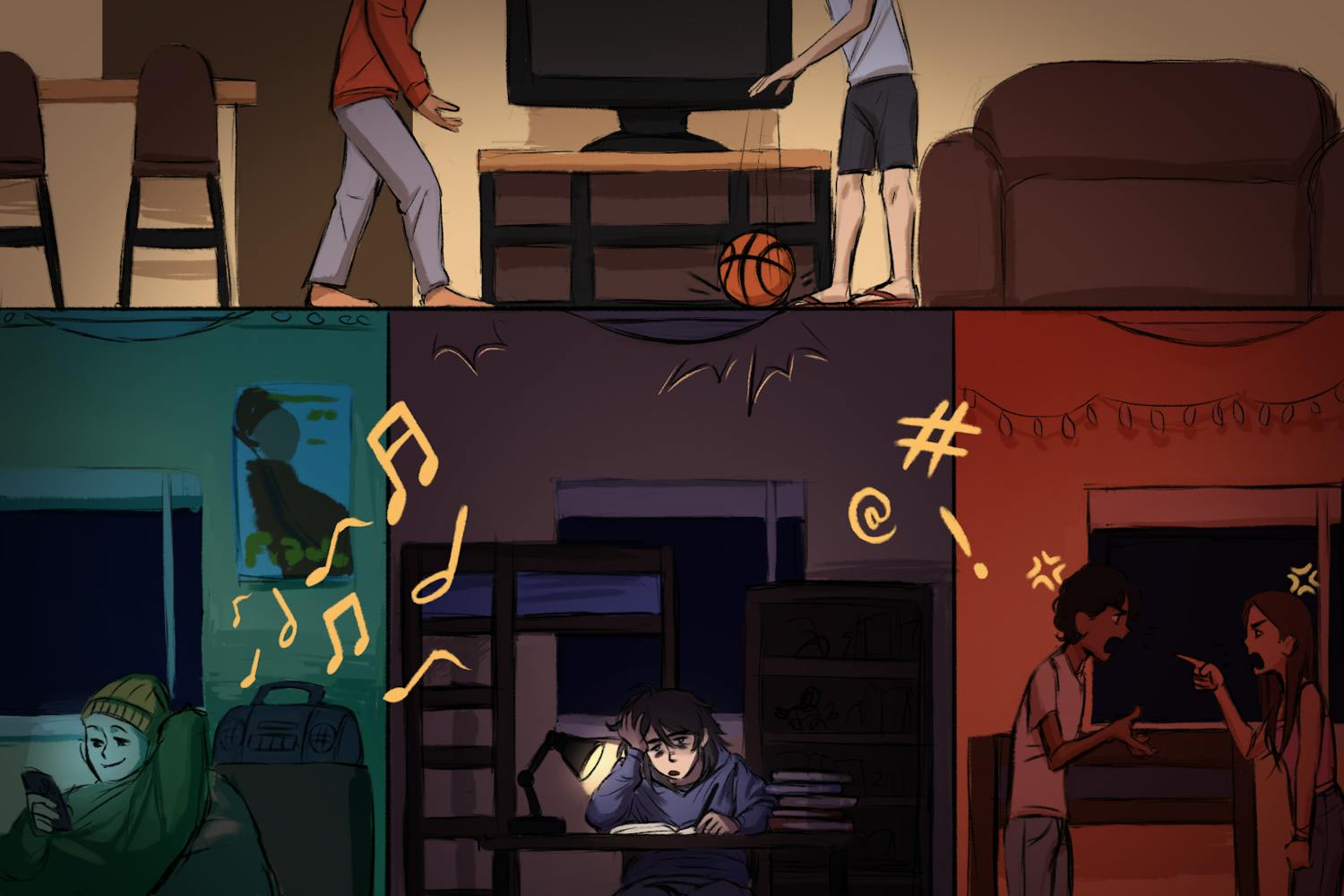As little Rusty Shackleford walks stoically to school every day, he is subject to the looks and audible gasps saved normally for Universal Studios horror films. Although most children his age would surely break down in tears from the ridicule, li’l Rusty has become accustomed to their hurtful words over his 10 years. But what, you say, could cause these people to be so cruel? Could it be his shabby clothes or awkward gait? Or it could possibly be that Rusty has lived his entire life with a freakishly gargantuan head.
Practically speaking, Rusty’s head is 4.2 times the size of a normal head because of a congenital disease known as magnuscaputcapititis, or ‘Headmongus Disease,’ a disease that affects nearly 1 in every 3 billion people. While most of us go about our daily lives taking our normal-sized heads for granted, Rusty is reminded of his ailment every time he ruins a new shirt or has his dreams of becoming an astronaut dashed by regulation helmet sizes.
Recently featured in the New Hampshire Journal of Medicine, Rusty has become a poster child for oddity-based children’s diseases. He has made several trips around the country telling his tale and raising awareness for the dozens of oddity diseases that affect children. With little hope of ever knowing the joy of wearing a fitted baseball cap, he has become an inspiration to thousands.
I bring this up because I think it’s about time we start showing our support for the ailments that aren’t always in the limelight or that we prefer to shove into a dark corner.
Like the case of Penelope Flynn who was born with big toes where her thumbs should be, or Judah McFadden who, at 8 years old, is the youngest ever case of male pattern baldness. These children didn’t choose to be born this way, yet they courageously strive to live a normal life like the rest of us, and I believe they deserve all the credit they can get.
For years, the U.S. Congress has been slowly but surely decreasing the funding for research and institutions that dedicate themselves to oddity disease. While things like stem-cell research and cancer have hogged the limelight and garnered billions of dollars in research funds, oddity diseases have had to struggle just to stay in people’s minds.
Once upon a time, the government would throw money at causes like finger-separation surgery for Lobster Boy or custom tailoring for Siamese twins. Now with most of their government support drying up, little Rusty’s parents can barely afford the industrial-strength pillows he requires.
Our nation used to be proud to help those less fortunate than ourselves. It seems that now we care more about terrorists and bank bailouts than we do those in need. Well, where is little Rusty’s bailout? Who will help him purchase his saucer-sized eyeglasses and the convertible he will undoubtedly require to drive?
Luckily for Rusty and others like him, there are still some people in the world who care about him and his 2XL head. Non-profit organizations like the American Pediatric Research Institute Looking For Obviously Odd-Like Syndromes are working day in and day out to make the world a better place for kids like Rusty. These people are the true heroes and their work should be commended.
So, the next time you wear that headband or put on that turtleneck without ruining it, remember the plight of little Rusty and remember to support wonderful groups like A.P.R.I.L.F.O.O.L.S.
Little Andrew and his giant head thoroughly enjoy the first day of April. Fool him at andrew.hadder@asu.edu.



